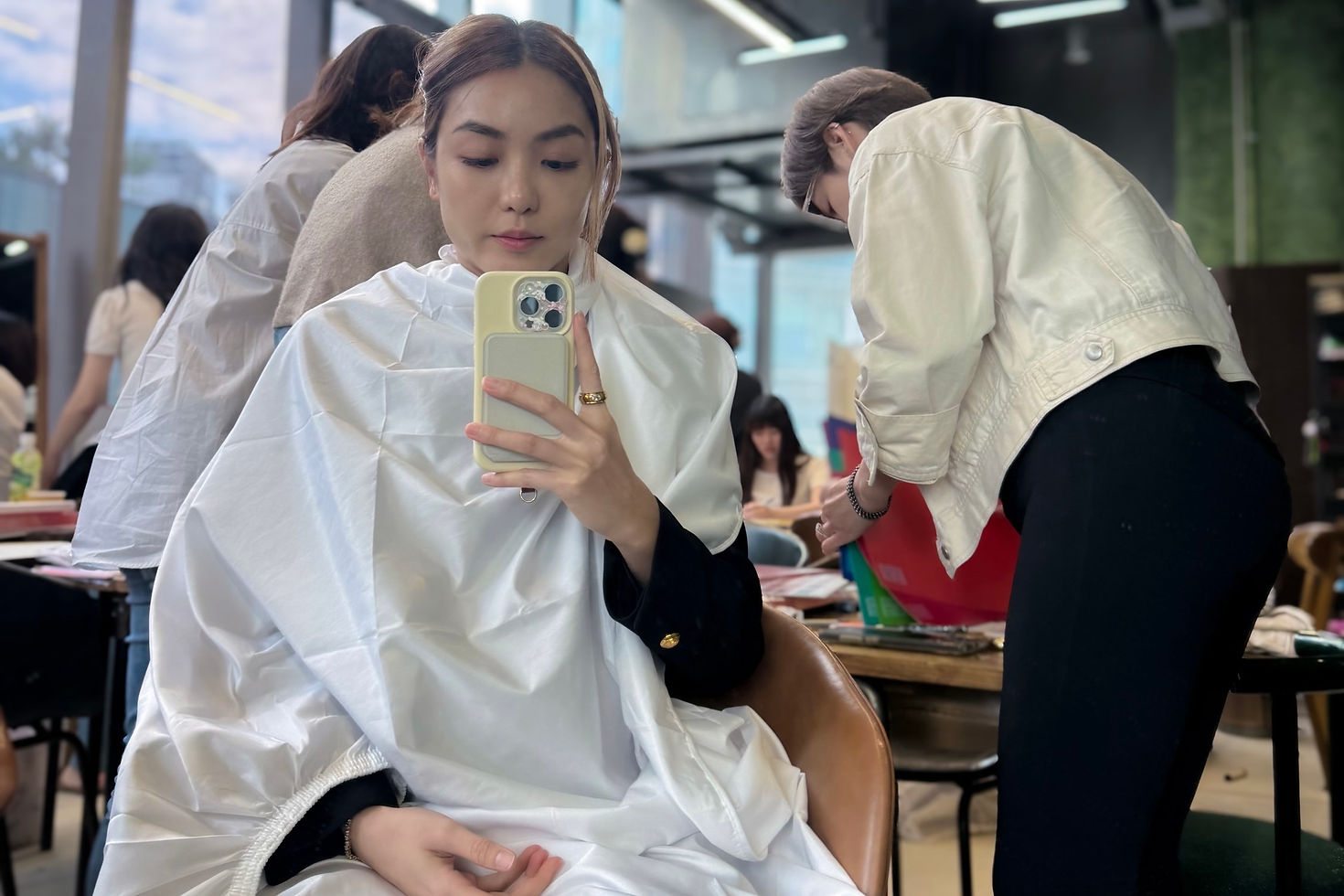
I See Your True Colours…
- Sep 8, 2024
- 2 min read

“I see your true colours shining through…”🎶 If those song lyrics just popped into your head, you’re not alone. This anthem about authenticity doesn’t just apply to emotions; it’s a perfect metaphor for how colours influence our personal style. Much like the song suggests revealing your true self, the colours we wear reflect our personality, mood, and even intentions. Colour analysis is about uncovering the hues that make your true self shine—not just about looking good, but expressing who you are.
A reddish-yellow hue that is bright, with low saturation and high light—do you know which Pantone colour that is? I don’t either. Colour analysis jargon can make anyone sound like an expert, but even after years of experience as a certified Style Coach trained in Colour Analysis, I hesitate to call myself a colour expert. Why? Perhaps imposter syndrome strikes occasionally, but mainly because the world of colours is far more intricate than it appears. Despite years in the field, I still have questions and constantly learn as I help clients discover their personal palettes.

So, where did all this colour theory come from?
Personal colour theory has roots in the early 20th century with systems like the Munsell Color System, which described colours based on hue, value, and chroma. Fast forward, and Carole Jackson’s “Color Me Beautiful” made the concept mainstream, introducing the four seasonal palettes—Spring, Summer, Autumn, and Winter.
Today, colour analysis has evolved into even more detailed systems, with up to 12 or more subcategories. But whether you're following the 4-season or 16-season model, the goal is the same: to enhance your natural features by identifying flattering colours. Though these systems share similarities, they often differ in their interpretation—some focus on warmth vs. coolness, while others consider contrast, clarity, and intensity.

But how accurate is all of this, and how do you apply it in real life?
Think of colour analysis as a guideline, not a strict rulebook. It helps you understand which colours generally suit you, but it’s not about being boxed in. Lighting, fabric texture, and even mood can alter how colours look. So instead of sticking rigidly to your “perfect palette,” experiment! Fashion is about expression, after all—not restriction.
A common question I get is: can our personal colour season change over time? 🍃The answer? It depends. Factors like aging, hair colour changes, and shifts in skin tone can influence the colours that suit you. Fun fact: what you eat can also impact your skin tone! (We'll explore this more in a future post.) However, your undertone—whether warm, cool, or neutral—tends to stay consistent throughout life, so while your “season” might shift, your core flattering colours usually remain the same.

At the end of the day, personal colour analysis is a powerful tool, but it's just one aspect of your style. Your outfit is a gestalt—a complete image that reflects the message you want to send, whether it’s confidence, creativity, or professionalism. Fashion is a form of self-expression, and when you embrace your true colours, you create a bigger picture that truly shines✨.






Comments